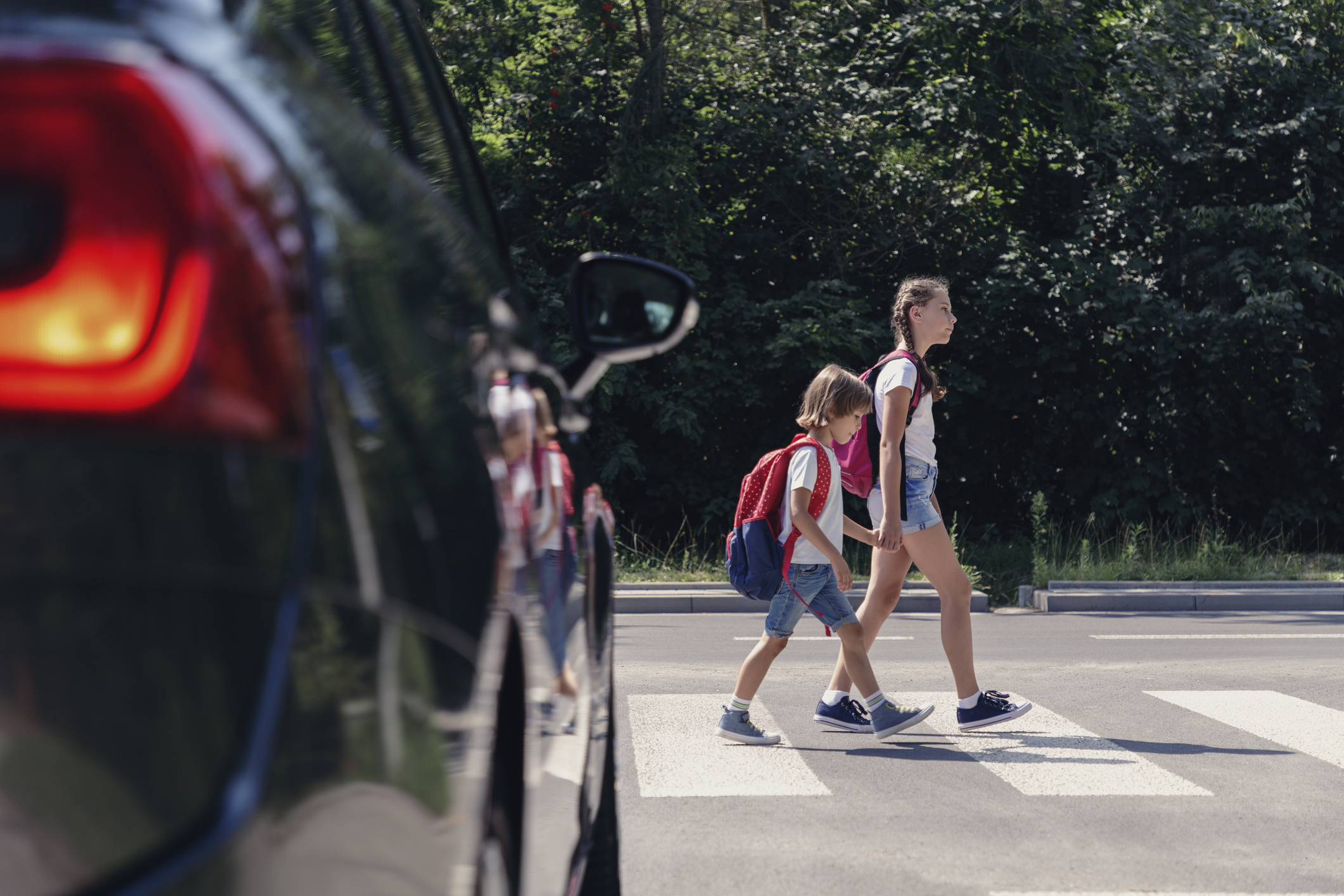How to Talk to Children About Road Safety
Published: 12th April 2024
Updated: 14th June 2024
Published: 12th April 2024
Updated: 14th June 2024

This article has been written in collaboration with Kirsty Ketley, a parenting expert, as part of the ZenAuto campaign.
Navigating the roads safely is a crucial skill for our children. In this guide, we explore essential strategies for teaching road safety for kids, with expert insights from parenting guru Kirsty Ketley. From being a positive role model to handling technology distractions, learn how to discuss road safety with your children in a way that’s both engaging and effective. Delve into practical tips that empower kids to make safer decisions every day.
To read more helpful articles like this visit the Talking Points section of our website or sign up for First News at home and at school!
First News reaches millions of young readers every week, at home and at school. Our age-appropriate news stories and activities spark curiosity, build media and information literacy skills and empower children with the tools to navigate the world.